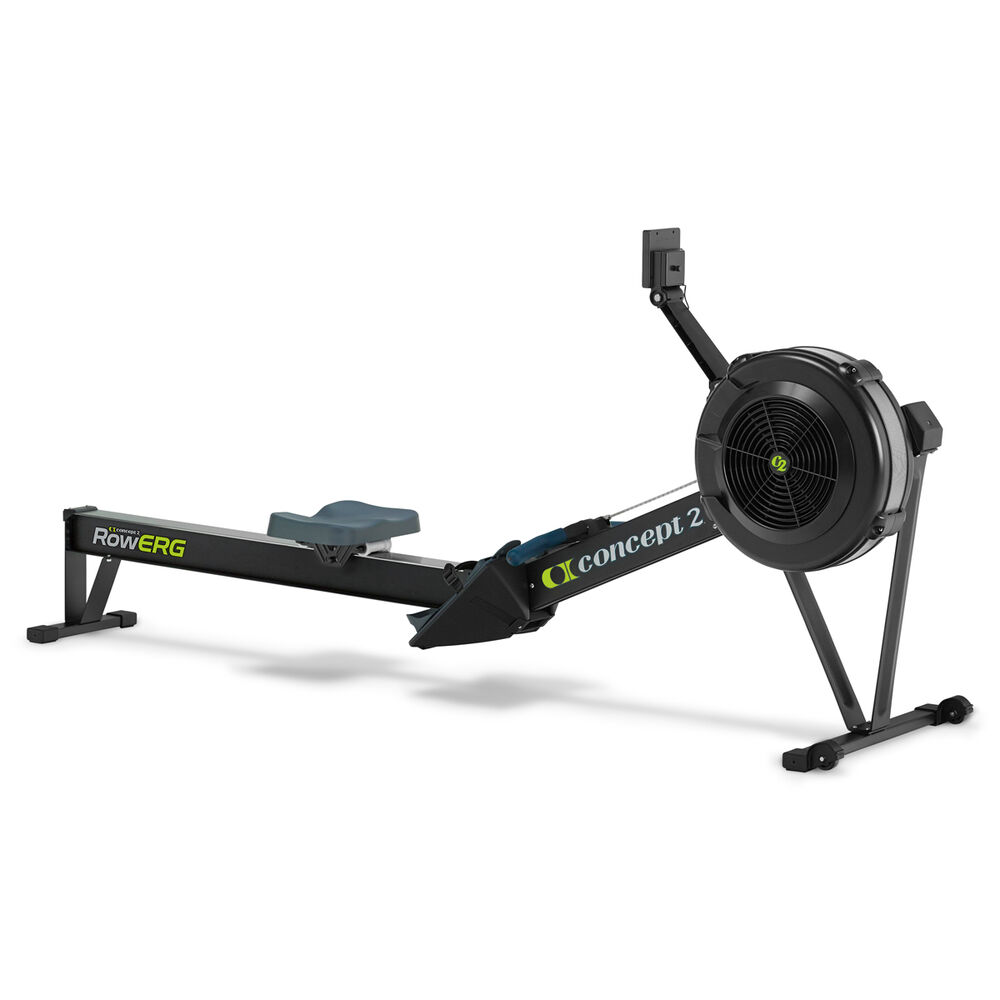Concept 2 Standard RowErg – Rowing Machines
PM5 Performance Monitor provides repeatable, comparable data for every workout. 14” seat height. Uses air resistance to respond to your effort on every stroke. Easy to wheel around for workouts and can be quickly separated into two pieces for compact storage. Adjustable footrests. Ergonomic handle with 10 degree bend allows for natural hand position.
Achieve your fitness goals with the Standard RowErg from Concept 2. Using air resistance that responds to your every stroke, this rower is made for the ultimate gym goer and is perfect for someone building their home gym as it can be wheeled around and eaily taken apart for compact storage. Its adjustable footrests and ergononmic handle make it comfortable and easy to use so you can get the most out of your workout.
- PM5 Performance Monitor provides repeatable, comparable data for every workout
- 14” seat height
- Uses air resistance to respond to your effort on every stroke
- Easy to wheel around for workouts and can be quickly separated into two pieces for compact storage
- Adjustable footrests
- Ergonomic handle with 10 degree bend allows for natural hand position
Additional information
| Dimensions (Built) | L 244.0 x H 105.0 x W 61.0cm |
|---|---|
| Dimensions (Boxed) | L 142.0 x H 55.0 x W 38.0cm |
| Gross Weight (kg) | 31.0 |
| Max User Weight (kg) | 227 |






by Tin
Great Rower cannot fault. I like that it connects to an App so you can keep track of your Rowing workout information.
by Glenn
If you want the number 1 rowing machine well the Concept2 is for you. Totally addictive.
by Grey
Love this machine! I hired one during lockdown and became so obsessed. Early mornings and evening sessions at home. Brilliant and great investment for your health improvement and maintenance